1. Blood Routine Examination In uremia, hemoglobin levels typically fall below 80 g/L, often ranging from 40–60 g/L, presenting as normocytic normochromic anemia. In cases of chronic blood loss or…
Auxiliary Examinations for Uremia
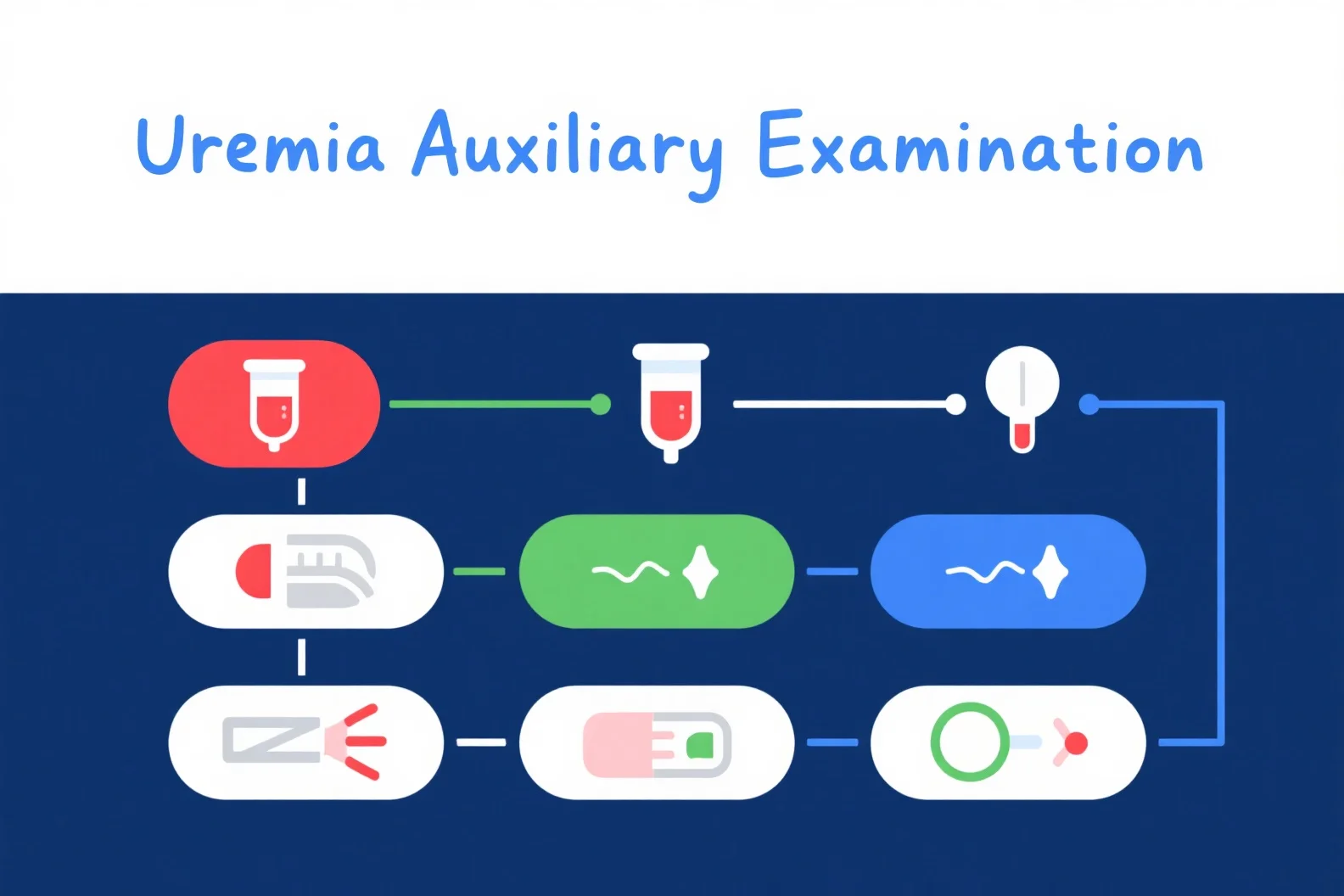

1. Blood Routine Examination In uremia, hemoglobin levels typically fall below 80 g/L, often ranging from 40–60 g/L, presenting as normocytic normochromic anemia. In cases of chronic blood loss or…
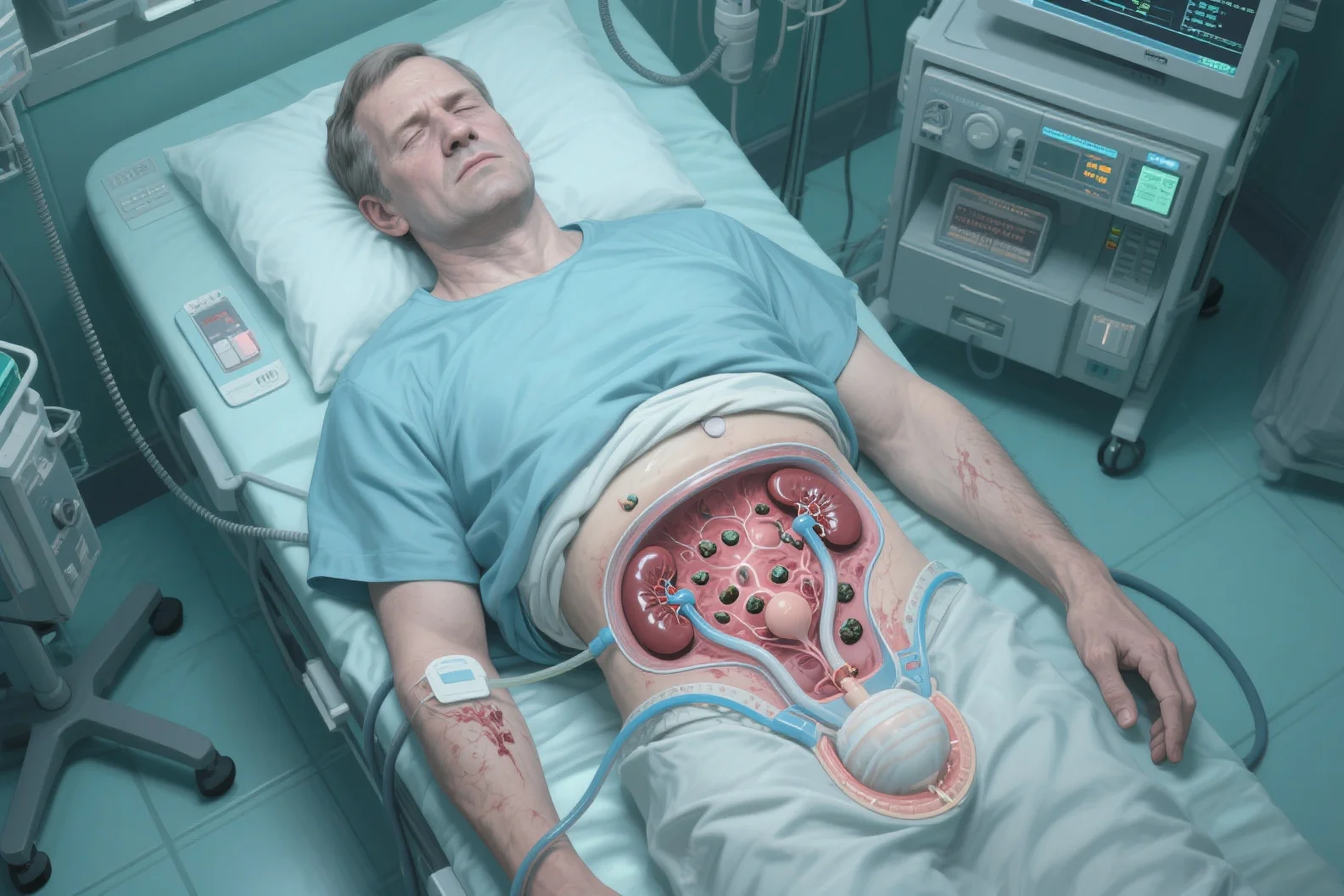
The prostate is a unique and vital organ in men, playing a significant role in their health. However, many men suffer from benign prostatic hyperplasia (BPH), a condition that can…
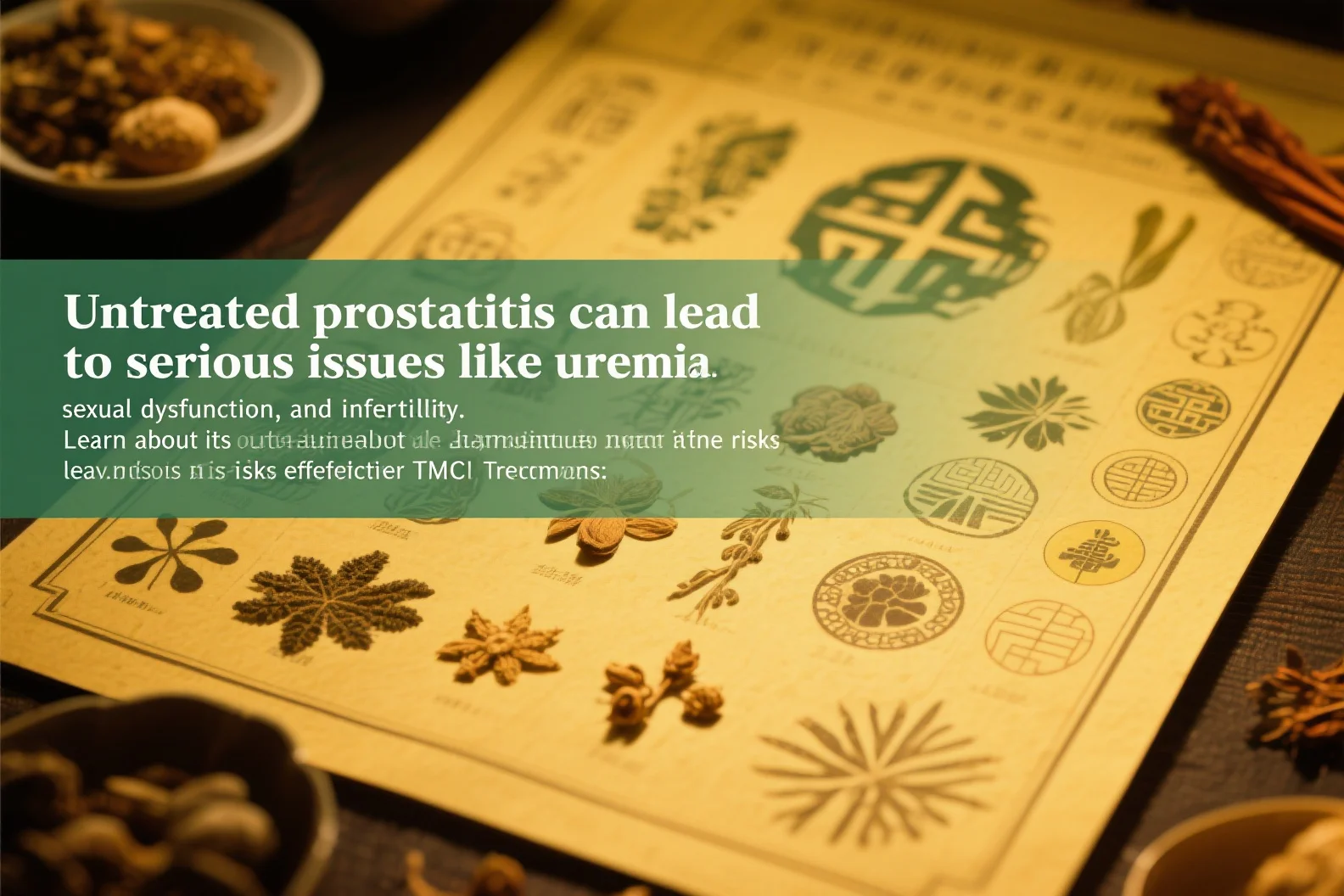
If you experience symptoms such as premature ejaculation, erectile dysfunction, sexual dysfunction, frequent urination, urgency, pain during urination, white discharge, interrupted urine flow, excessive nighttime urination, inability to urinate, short…

What do kidney disease patients fear most? First, the cost of treatment; second, uremia. Medical expenses worry anyone with modest means, so cost isn’t unique to kidney patients. That leaves…
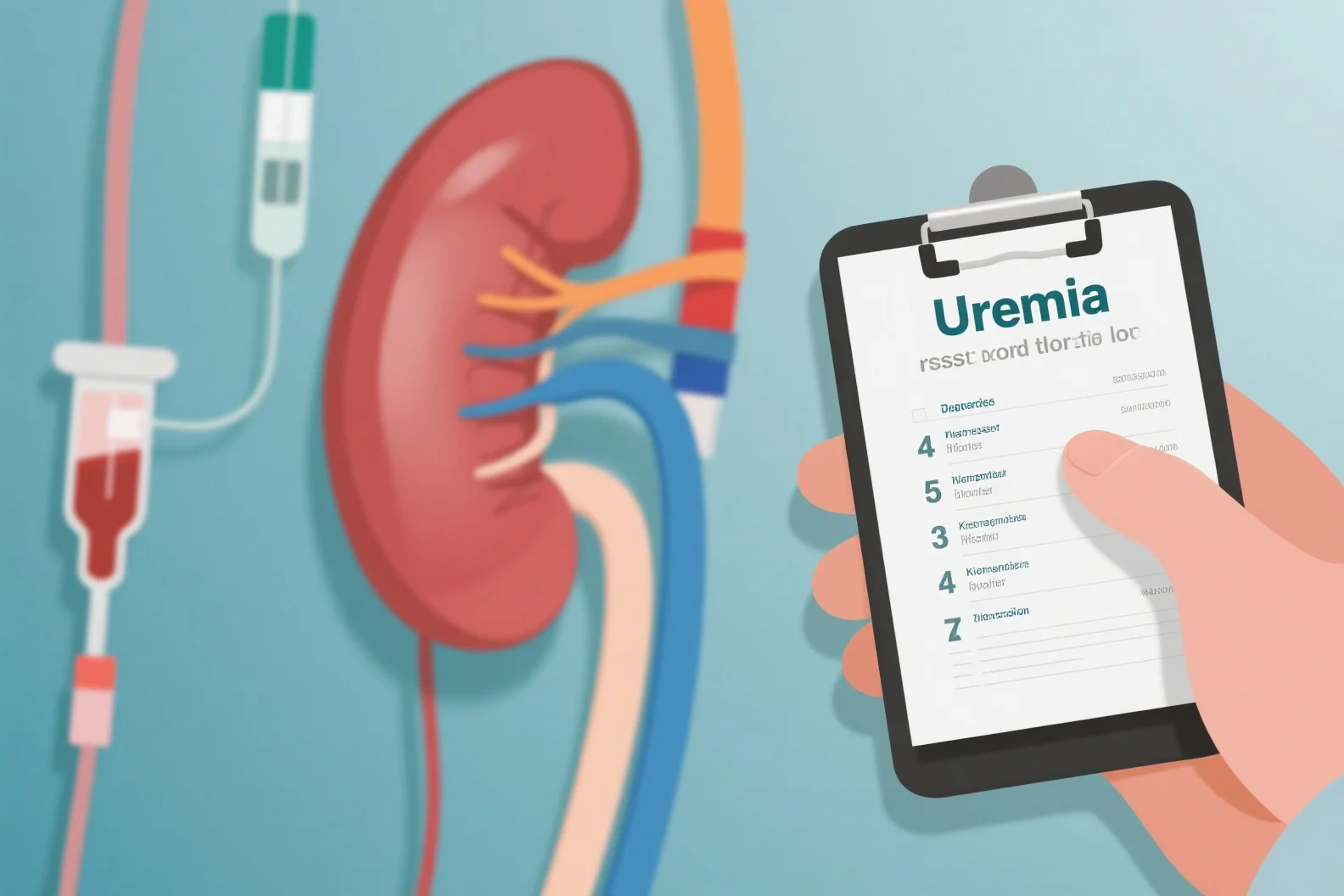
Kidney disease often progresses stealthily, with subtle early symptoms that easily escape notice. Many patients are shocked by their diagnosis, having missed the warning signs. For this "silent" disease, proactive…

Proteinuria serves as a key biomarker of renal function. While its severity doesn't directly reflect disease progression, it clearly indicates the extent of kidney damage. For nephropathy patients, deteriorating renal…

Many people equate kidney disease with uremia, reacting as if it were a cancer diagnosis. But the reality is far less dire—many kidney patients never develop uremia in their lifetime.…
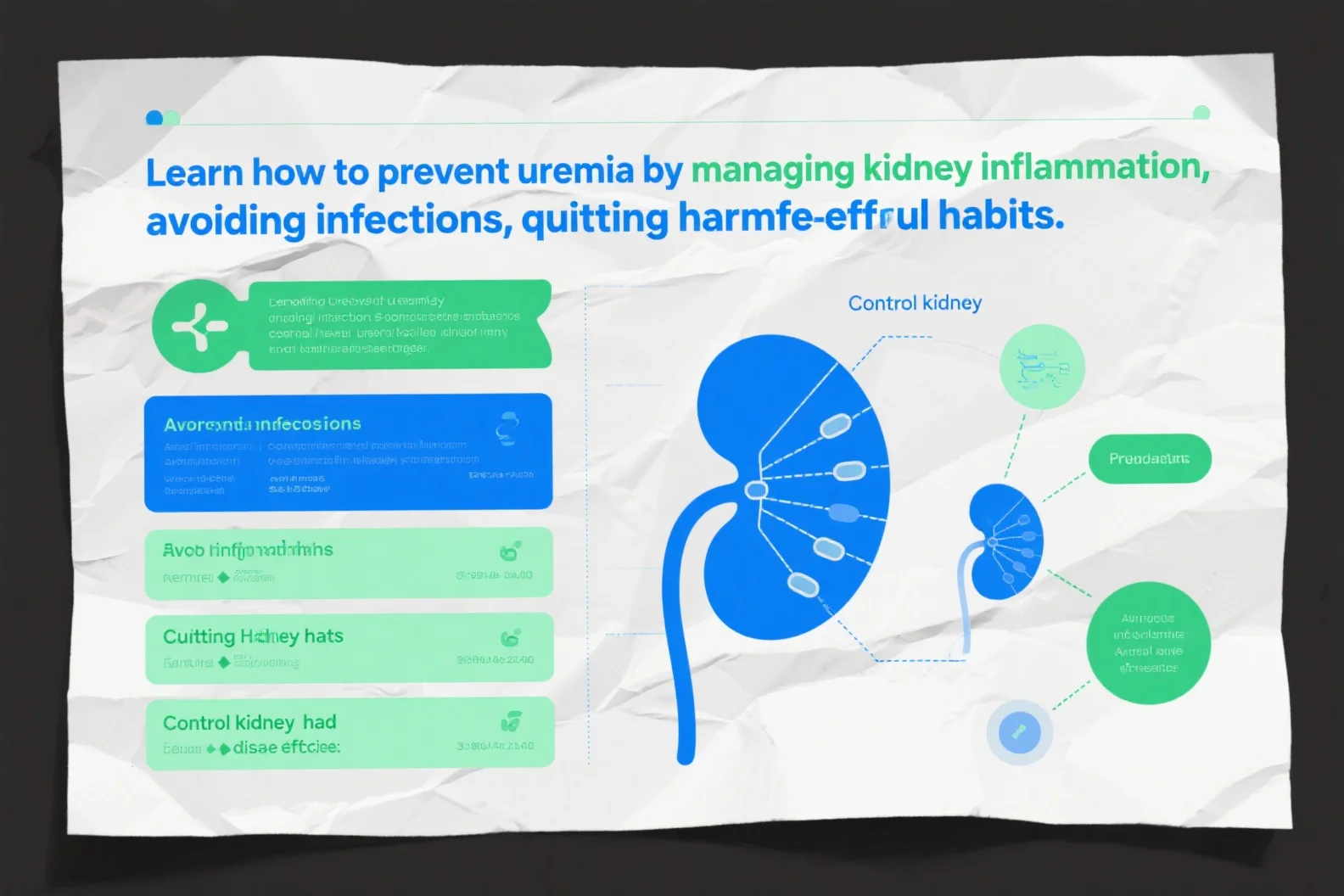
Kidney disease is notoriously difficult among chronic illnesses, with no definitive cure currently available. Many patients find themselves trapped in a cycle of "treatment and relapse." Yet, kidney disease is…
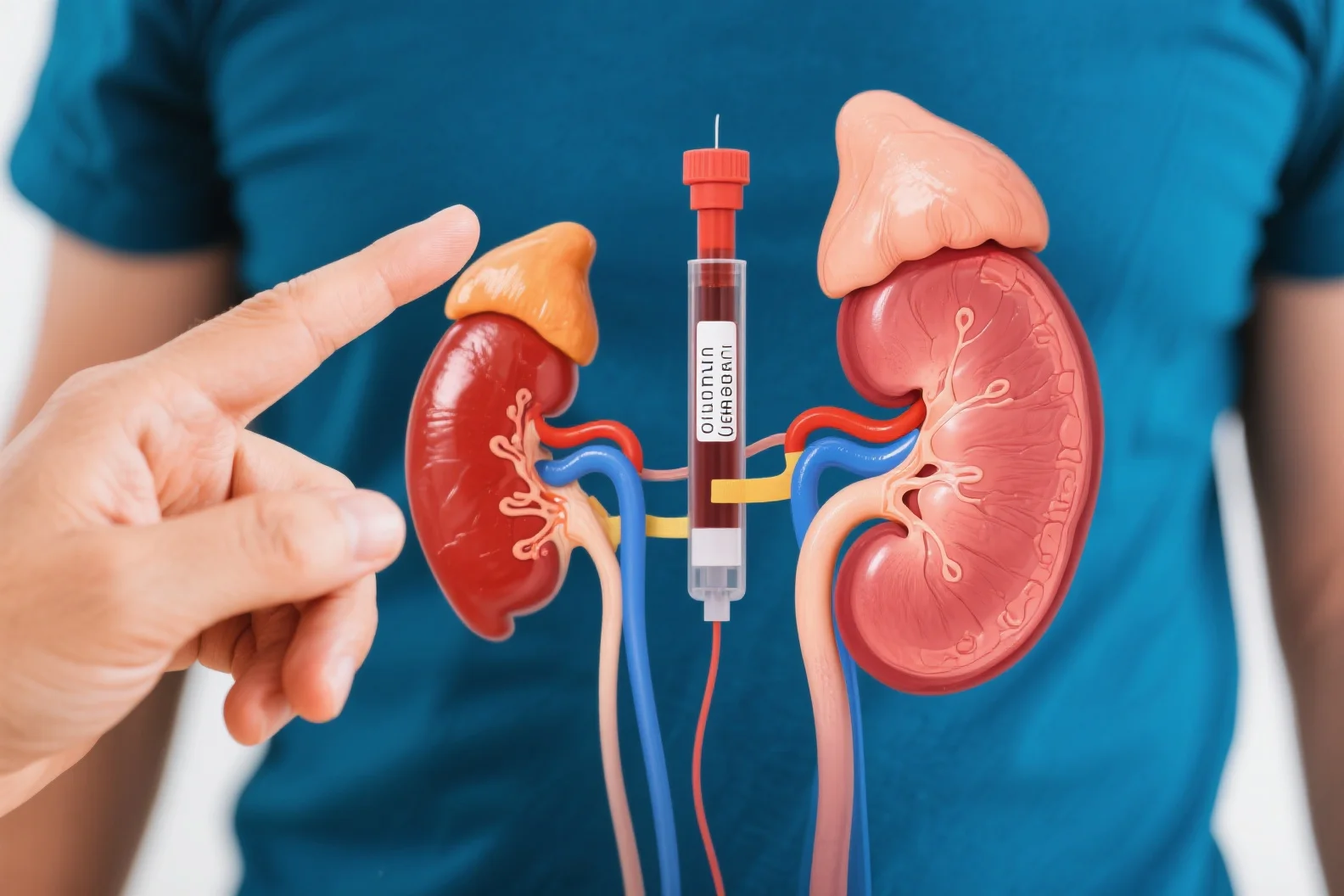
The Rising Threat of Diabetic Nephropathy With the increasing number of diabetes cases, complications such as cardiovascular diseases, diabetic retinopathy, and diabetic nephropathy (DN) have become major concerns. Among these, DN is…

Overview Hemolytic uremic syndrome (HUS) is an acute condition characterized by intravascular hemolytic anemia and renal failure of unknown origin. A multisystem disorder, it primarily features microangiopathic hemolysis, acute kidney injury, and thrombocytopenia,…